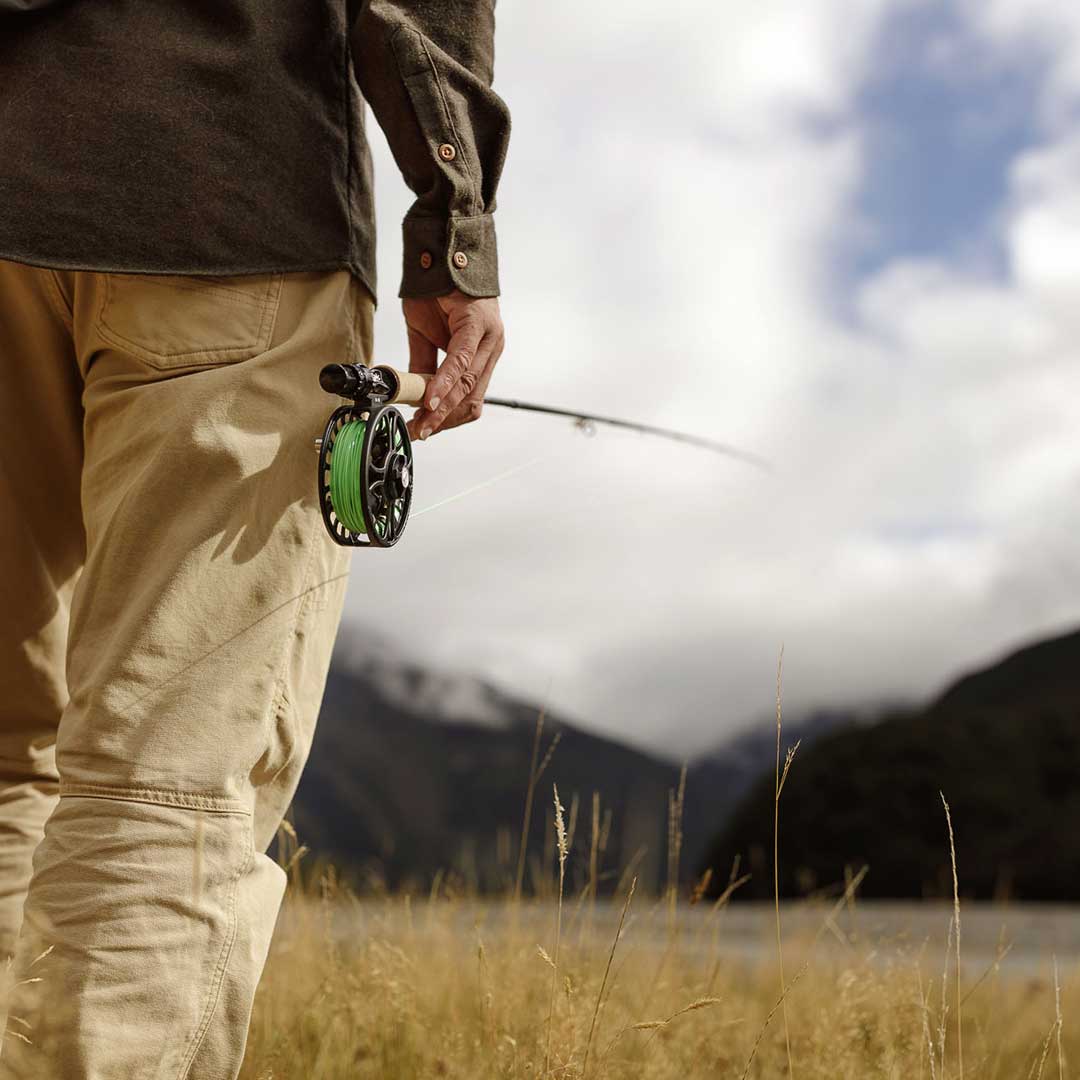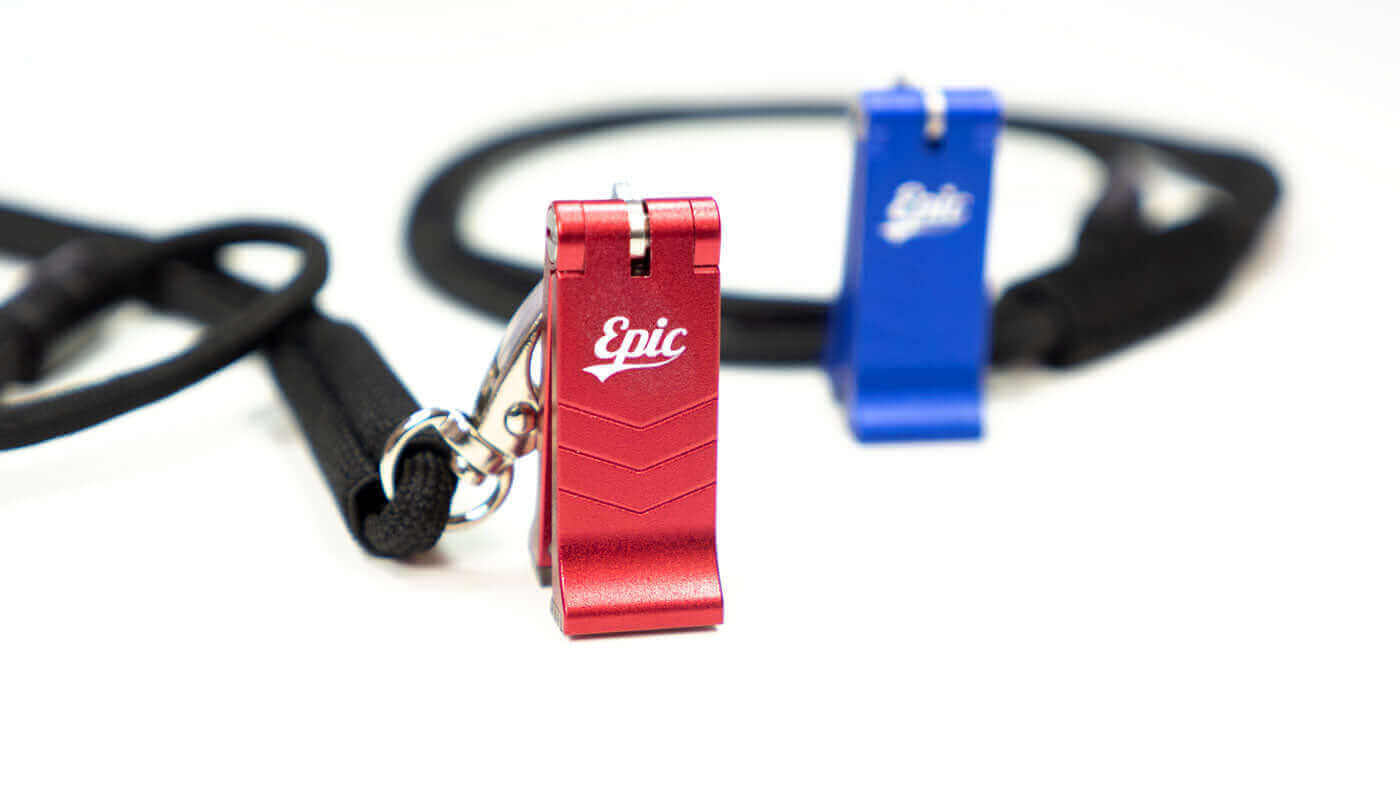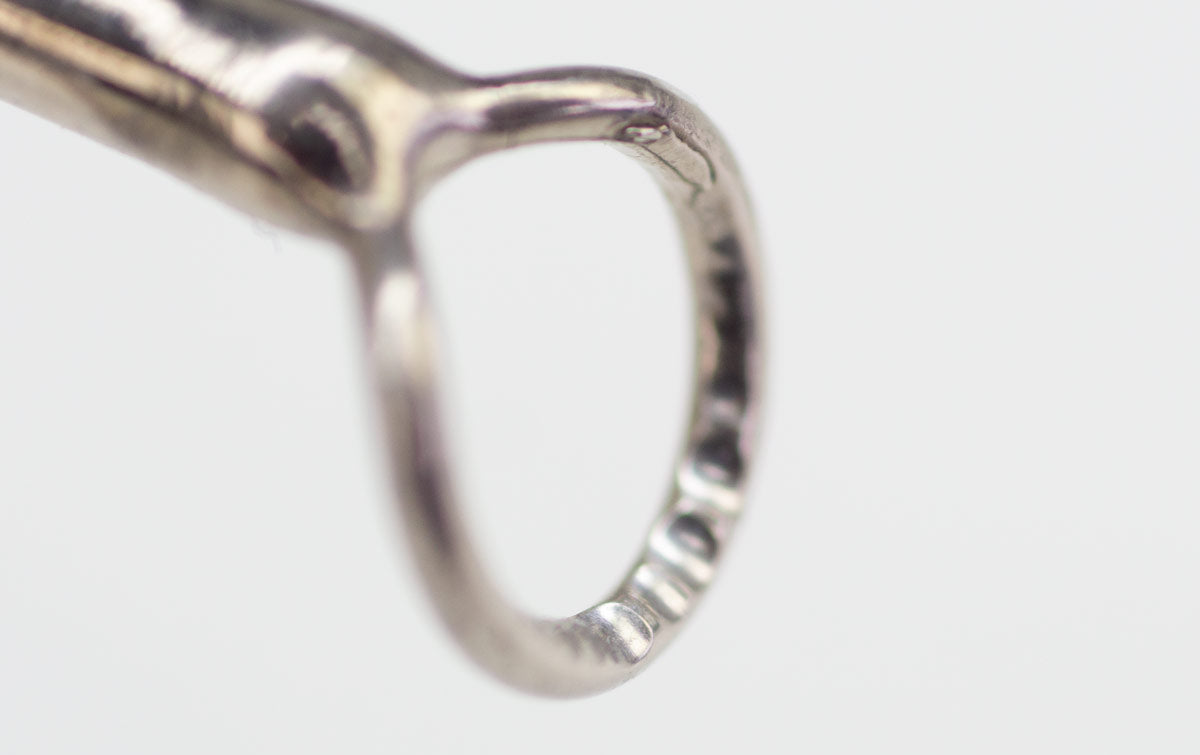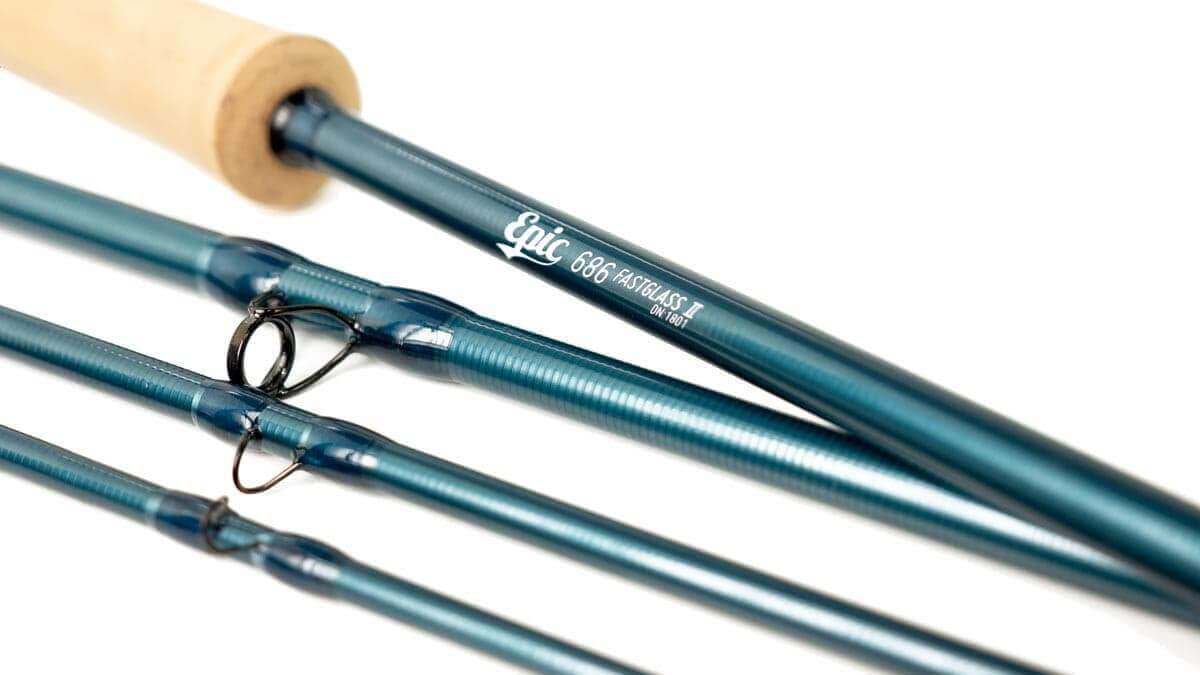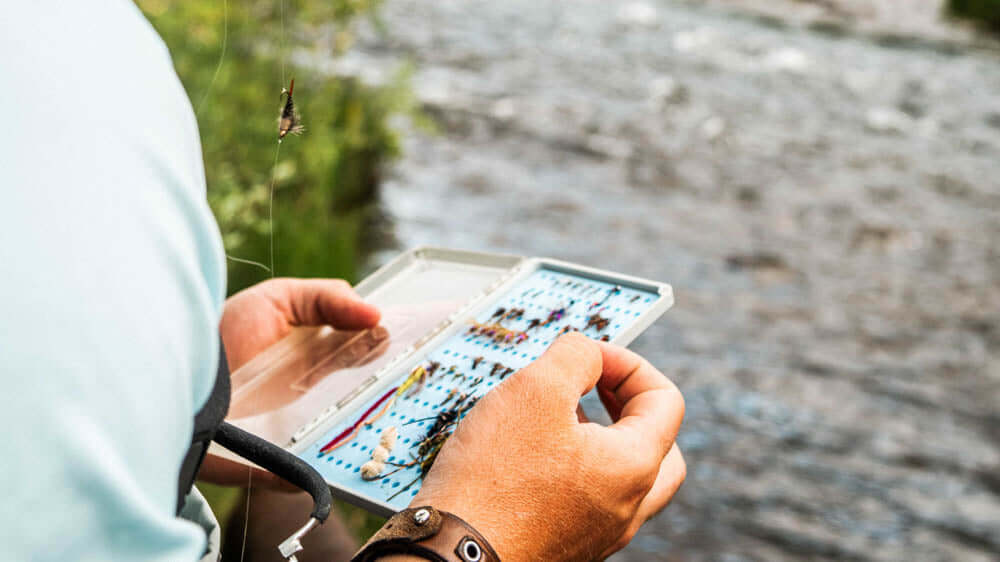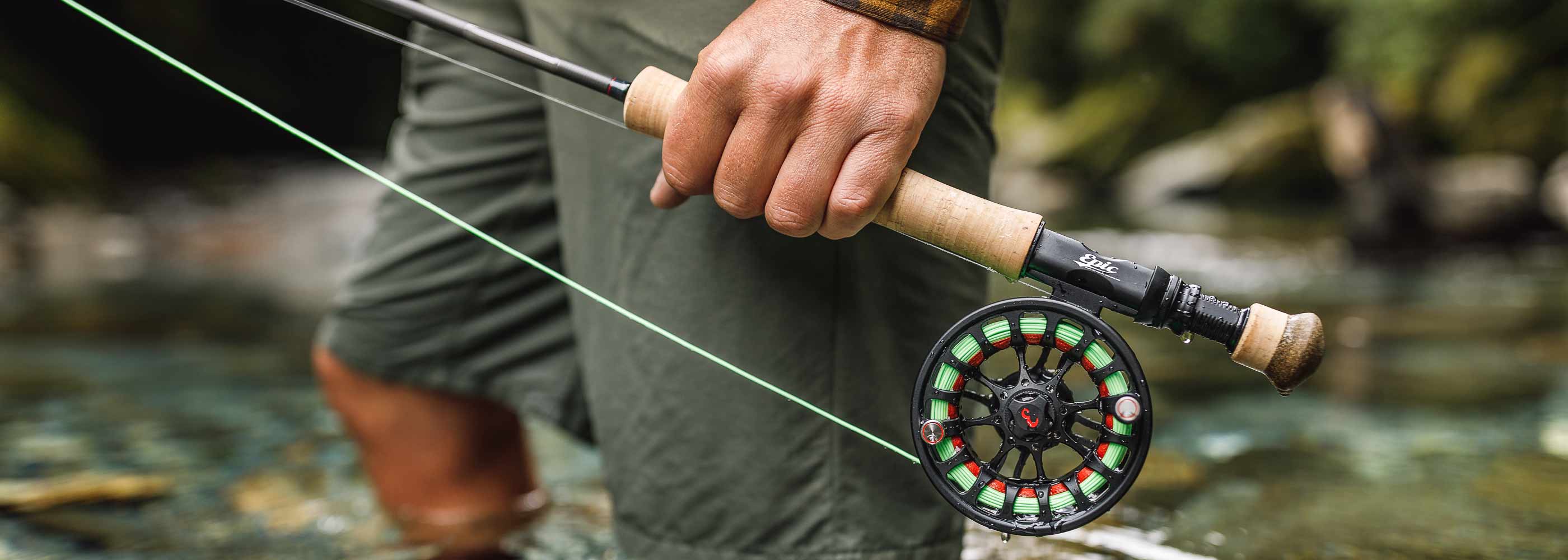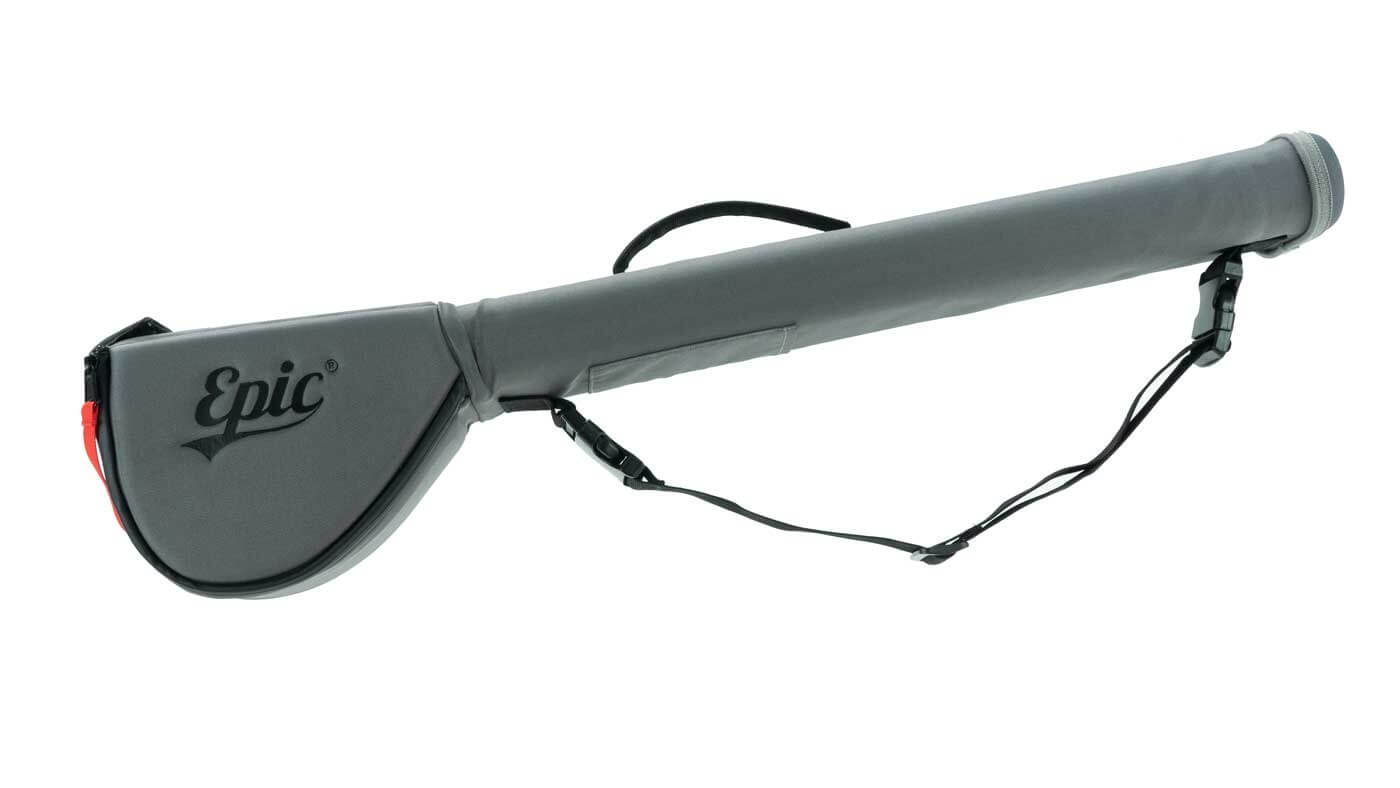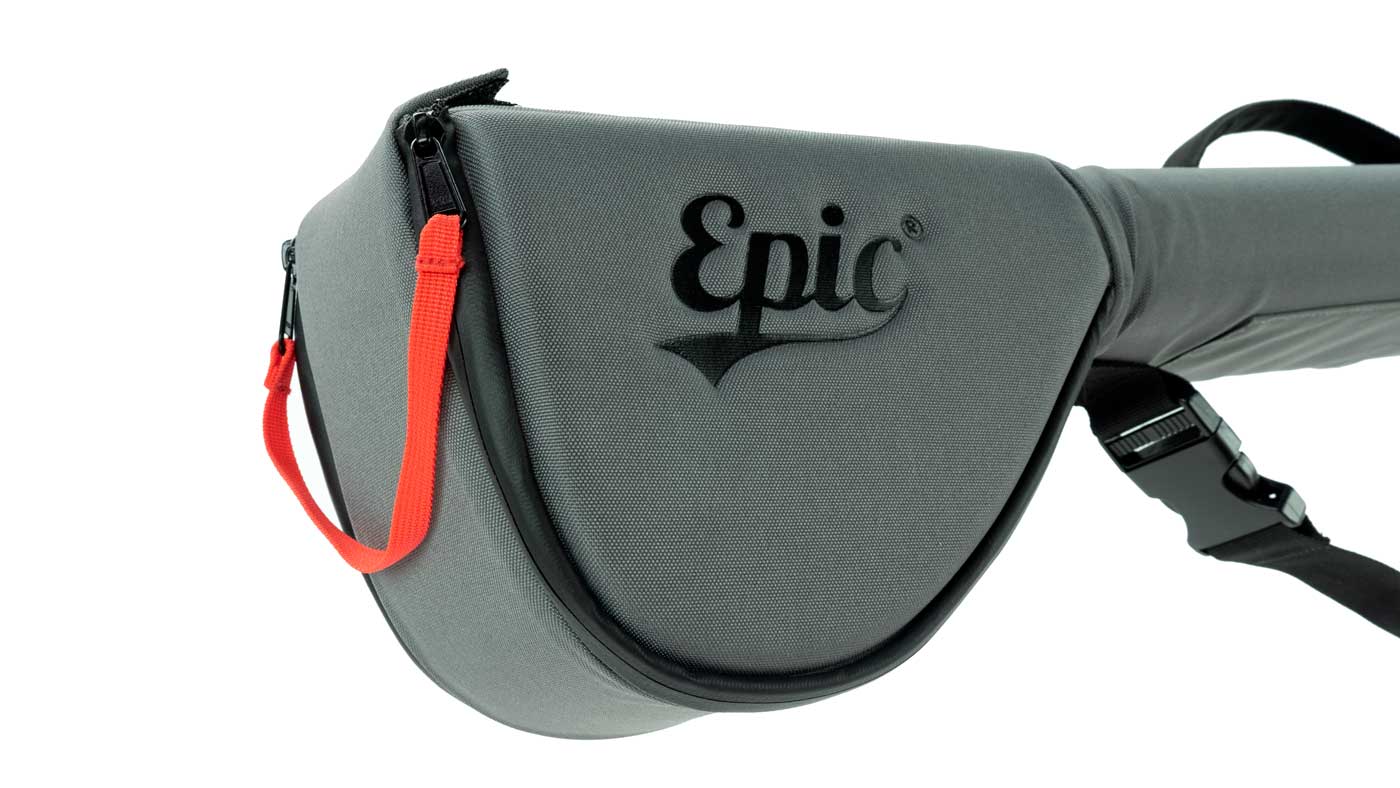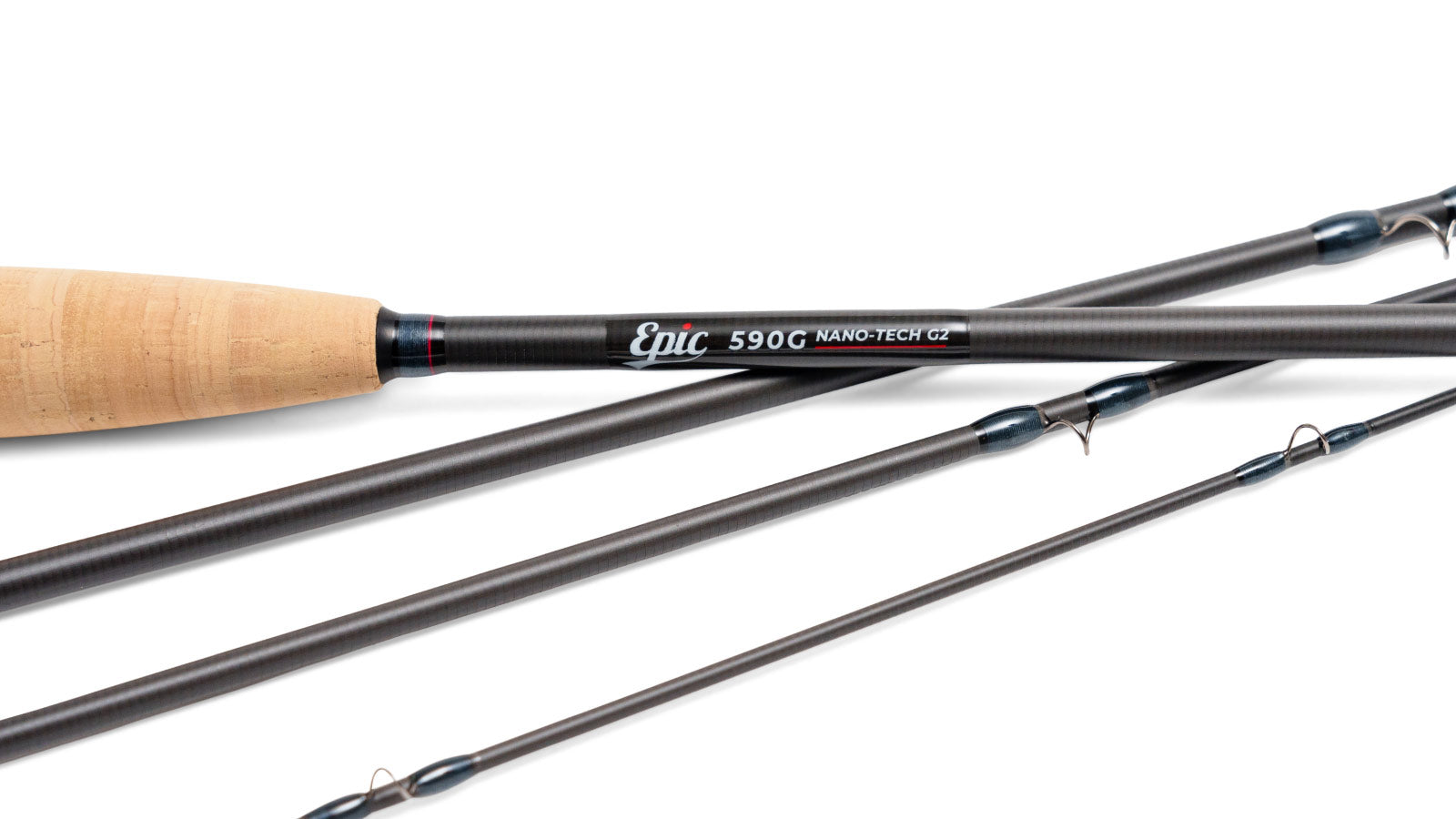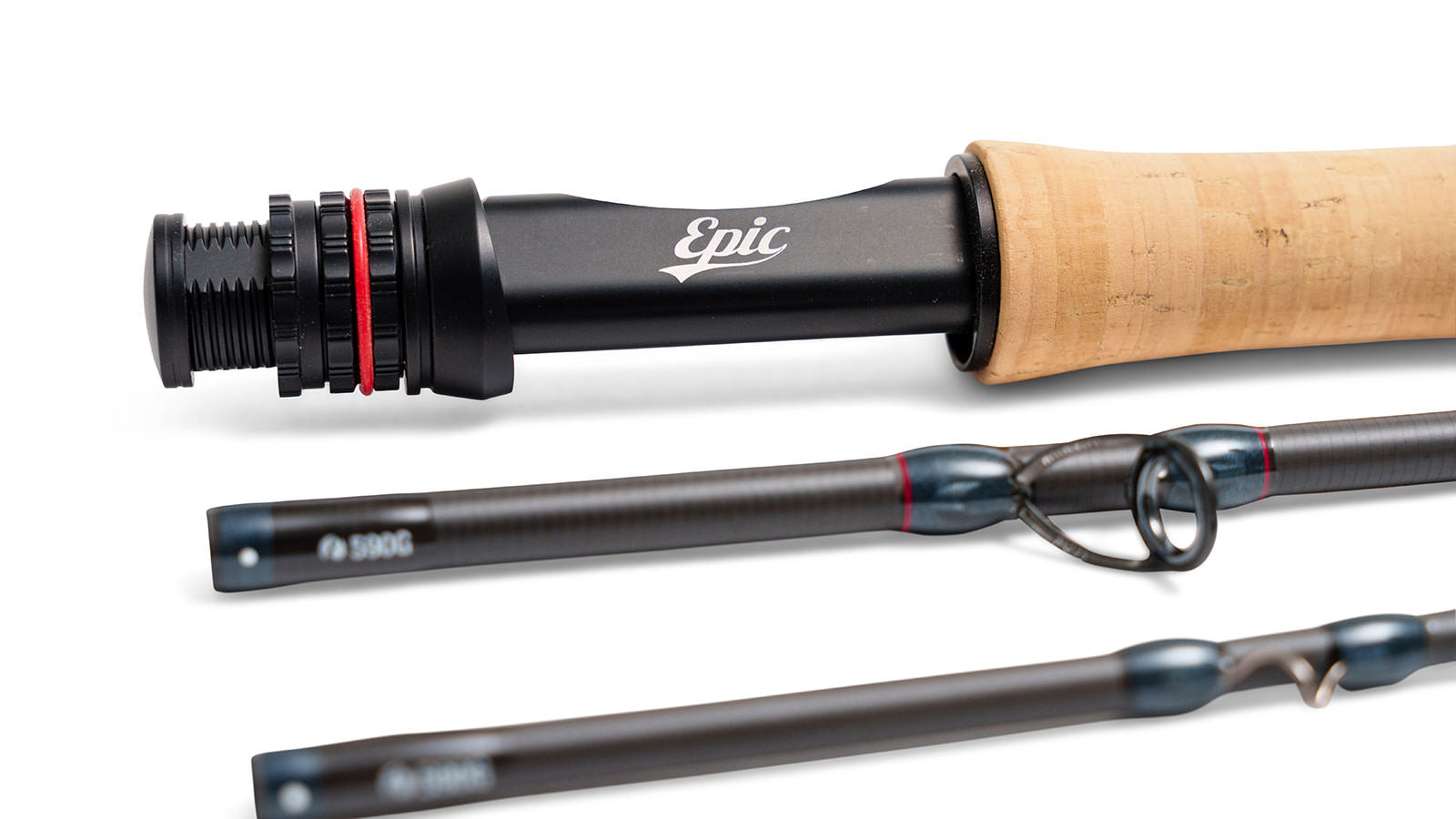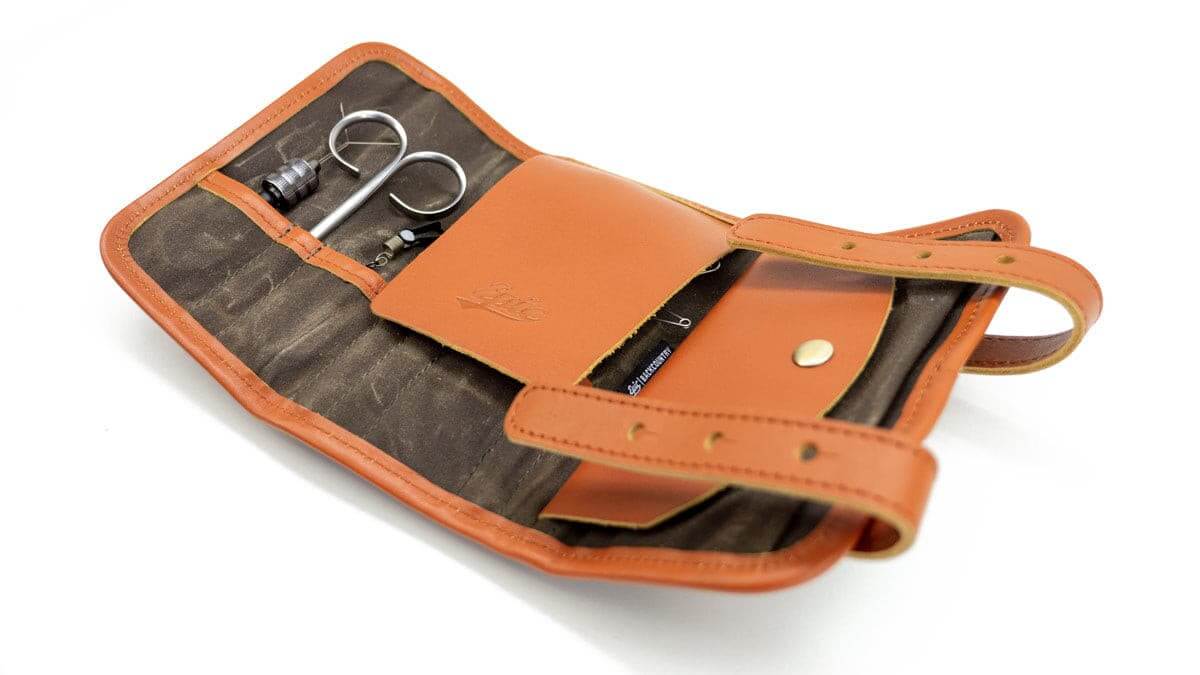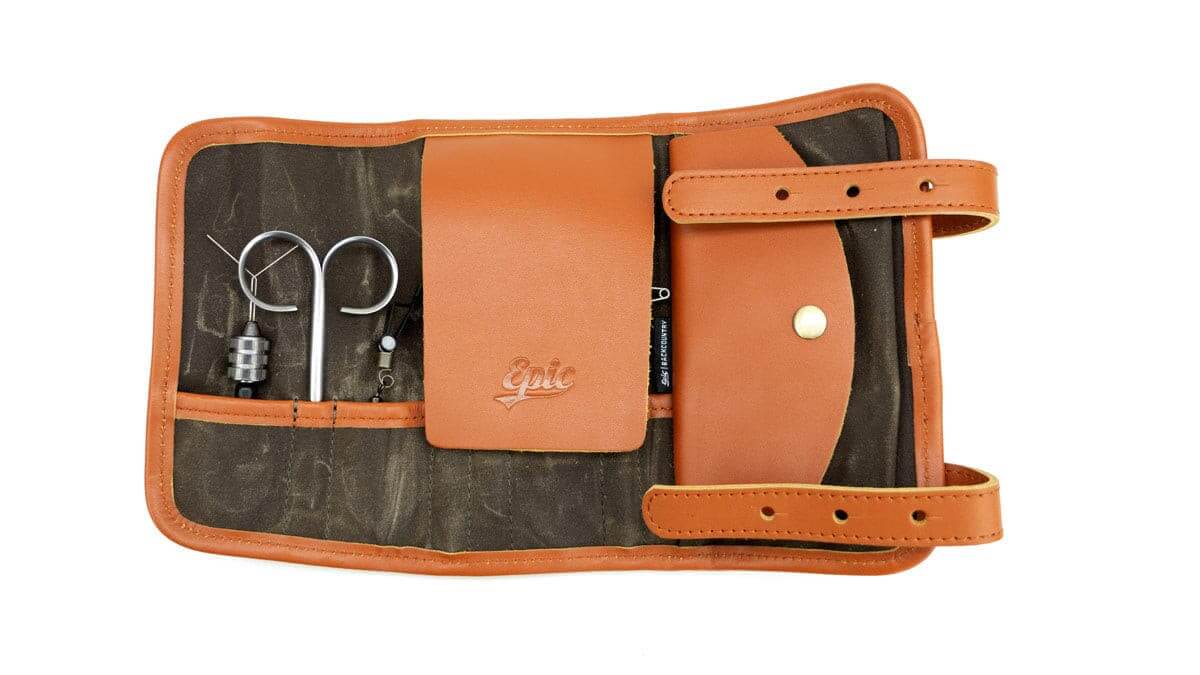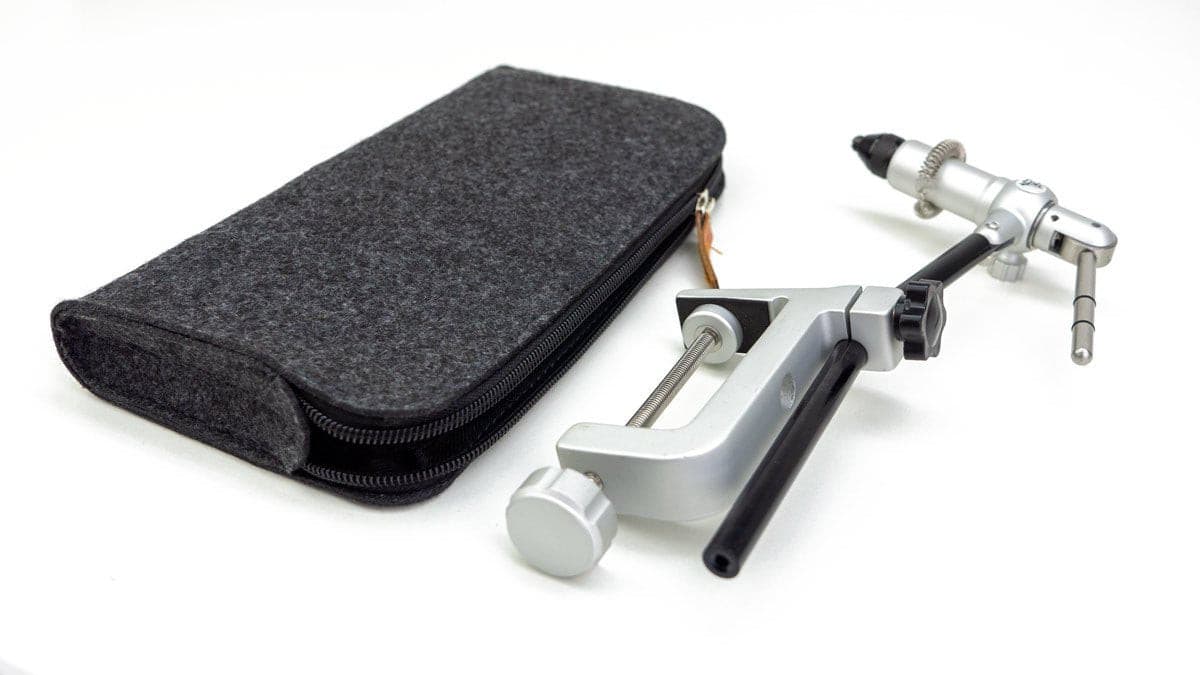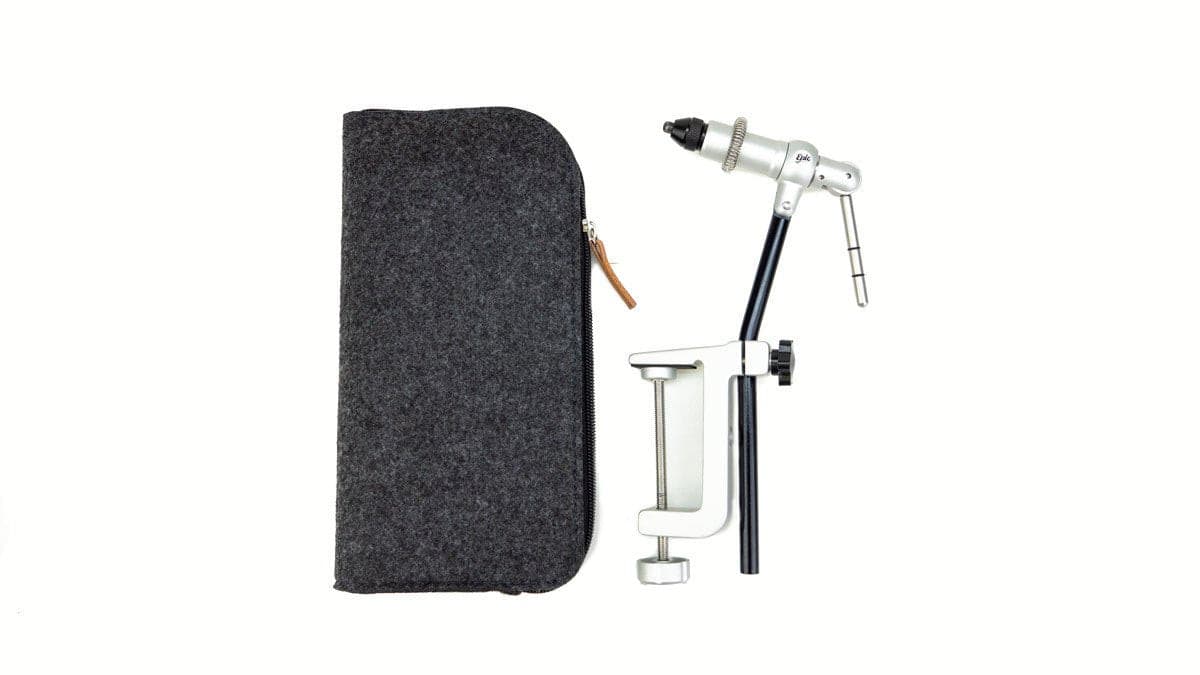Why clean your fly line?
When did you last clean your fly line?
Fly lines are expensive and there's more than one reason a little cleaning, care and maintenance will pay dividends. As you'll see in a moment there are a couple of very good reasons to regularly clean your fly lines - and keep them clean.
Fly lines pick up and hold a film of dirt, grime and salt. With floating fly lines this layer of dirt reduces the lines ability to float, it also severely increases friction through the guides and reduces your ability to shoot line. Dirty fly lines tend to degrade and crack much sooner than fly lines that are cleaned and dressed regularly. A clean, slick line will make a world of difference to your casting and vastly improve floatabilty (is that a word?)
And it's not just about your fly line
A dirty fly line is effectively a string coated in grinding paste, every time that line runs through your guides it is grinding away at your rod guides - and if you are a habitual hauler like me, that's thousands of cycles a season.
Lubrication
Most modern fly lines are internally lubricated - that is, the lubrication is actually present within the line and weeps out over time. In days gone by, the slickness was added externally after the fly line was extruded - the slick coating wearing off quite quickly.
Wear on guides
Although fly lines may not be cheap, they are far less expensive than a new fly rod, and that's what you'll be up for if you do a lot of casting with a dirty fly line. If you're a keen caster and do a lot of practicing on grass you'll find that guides wear and groove very quickly - this tends to be because grass is covered with a fine layer of dirt and silt that makes a very good grinding paste. If you are out practising your casting be sure to clean your line after every session.
The pictures below show a fly rod that has done quite a few miles with a dirty line. These are top quality Snake Brand Guides, and independent fog and wear tests show that they are right tup there for wear and durability - however, you can clearly see the pot marks and grooves ground into the tip top and guides. Note also the scratches across the epoxy wraps - these scratches are created by a dirty line sawing across the blank.

A badly grooved tip top. It's done a few miles and is showing it.
Fly lines are easy to replace and fly lines are even easier to clean - often!
How to clean your fly line
It's actually a very simple procedure.
- Strip the line into a bucket of warm water.
- Add a couple of drops of soft handsoap. Don't use detergent, detergent is a harsh cleanser and will strip the lubricants from your line.
- Let the line soak for 10 to 15 minutes to loosen the dirt and grime
- Take a micro fibre cloth and run the line through it while winding back onto the reel.
That's it - you've cleaned your fly line. Next step...
Dressing a fly line
Now is the best time to dress the clean line. There are a bunch of commercially available line cleaners - use as directed. Armor All car cleaner isn't recommended. Yes, it does a great job of making your line super slick - but there are other chemicals in the mixture that will actually shorten the life of your line. Most manufacturers use silicon to lubricate their lines - so a 100% silicon product should also do the trick nicely.
Scientific Anglers make a great product that includes a good cleaning pad - here's the lowdown.
Replacing your fly line
Some folks replace their fly lines every season. And if you spend a fair amount of time on the water you should too - a new fly line is like a breath of fresh air for your fly rod and will extend the life og the guides.
We offer an affordable range of fly lines, produced for us by Scientific Anglers, and fly line dressing here >


